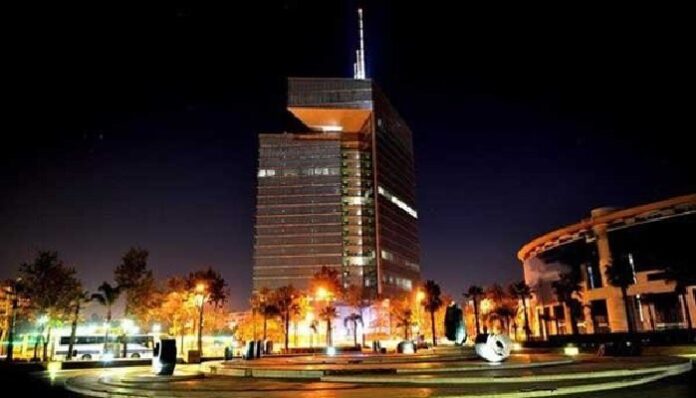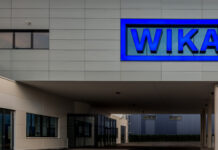Maroc Telecom wrapped up the first half of 2025 with a 1.6% increase in its adjusted net income, which now stands at nearly 2.96 billion dirhams. This solid performance comes despite continued regulatory and competitive pressure both in Morocco and across its international markets. The group has managed to hold steady, largely thanks to the strength and resilience of its African subsidiaries.
Its total customer base has now surpassed 80 million users, marking a year-on-year growth of 2.3%. This uptick is mostly driven by Moov Africa’s operations, which saw a 3.7% increase in subscribers, helping offset a more sluggish performance in the domestic Moroccan market.
Group revenue came in at 18.04 billion dirhams, a modest gain of 0.9%. While mobile services in Morocco saw a decline, this was counterbalanced by the steady rise in domestic fixed data services and the growing contributions from its international branches.
Adjusted operating profit (EBITA) rose 2% to reach 5.96 billion dirhams, with the margin improving to 33%. Meanwhile, EBITDA slipped by 2.5% to 9.08 billion dirhams, mostly due to weaker results at home. Still, the EBITDA margin remains strong at 50.3%, a reflection of the group’s overall stability.
Adjusted operational cash flow jumped 6.7%, crossing the 5 billion dirham mark. As for investment, spending—excluding spectrum and license costs—accounted for 15.7% of revenue at mid-year. This ratio is expected to increase to 25% by the end of 2025, largely driven by the rollout of 5G technology.
The company’s net consolidated debt remains under control at 17.62 billion dirhams, which represents 0.9 times its annualized EBITDA—a level considered well within healthy bounds.
Looking at the details, Morocco’s mobile subscriber base now stands at 18.93 million users, while its international footprint includes more than 57.5 million mobile clients. Fixed-line services in Morocco account for over 1.6 million lines, with more than 1.4 million broadband users. Outside of Morocco, fixed-line and broadband subscribers number 388,000 and 322,000, respectively, with most of them concentrated in Mali, Burkina Faso, Gabon, and Mauritania.





